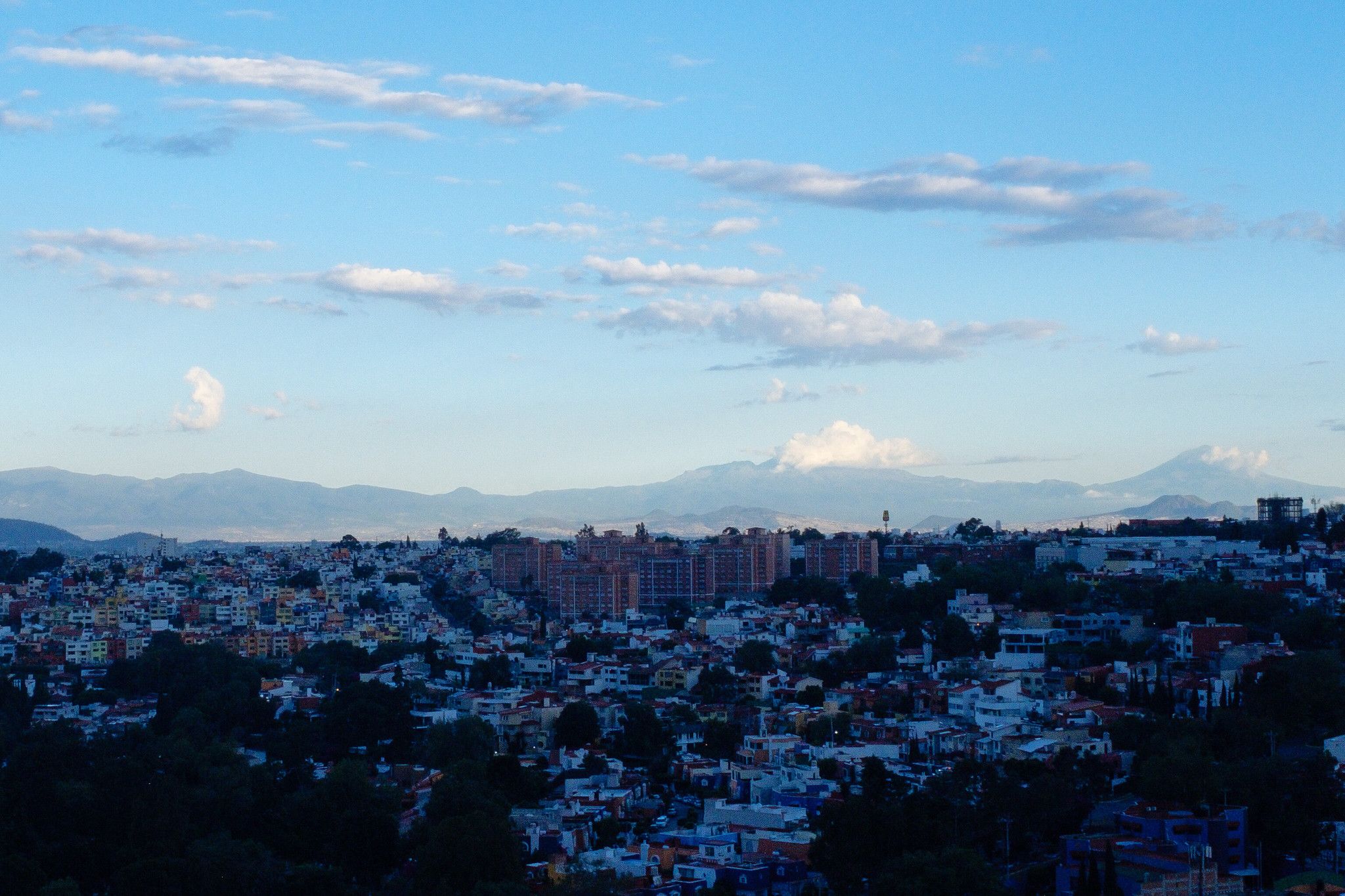Political Capital
February 1, 2022 Pollution London New York City Mexico City Joris Luyendijk Climate Change

The Great Smog of 1952 is the worst air disaster in British history. It was the result of severely of cold weather, lots of coal heaters, and a weather phenomenon called an anticyclone that trapped massive quantities of pollutants over London. Wikipedia has the scoop:
According to the UK’s Met Office, the following pollutants were emitted each day during the smoggy period: 1,000 tonnes of smoke particles, 140 tonnes of hydrochloric acid, 14 tonnes of fluorine compounds and 370 tonnes of sulphur dioxide which may have been converted to 800 tonnes of sulphuric acid.
The days of smog are understood to have caused 6.000 deaths in the year that it occurred, and the event itself has become iconic—you have to spell it with capital letters these days.
It was also iconic in terms of images: Experiencing smog is dramatic enough, but the photos of it capture its nefariousness quite powerfully. During a smog event, the pollutants that usually go away just stubbornly hang around, making their combined effect clear for everyone to see. “Look, here’s what you made”, the images seem to say, and it immediately feels wrong.
A similar, large-scale polluting event occurred in New York City in 1966, and the photos were just as powerful: We see Manhattan plunged into into a thick soup of smog, skyscrapers emerging from what looks like a cloud, toxicity clear for all to see.

I have personally experienced the effects of the smog in Mexico City, where there’s such a prevalent haziness that it’s rare to see the volcanoes surrounding the city. During the last day of my most recent visit, a storm washed the pollutants out of the air and there was, suddenly a clear view. That seemingly infinite city suddenly gained edges and you could see the snow-capped volcanoes in the distance—a glimpse of the valley before industrialization. Then the smog came back and obscured it all. Pollution has become so normal in Mexico City that it no longer looks strange that there’s no horizon.
 Clear skies over Mexico!
Clear skies over Mexico!
A couple of years ago I interviewed the Dutch author Joris Luyendijk, who told relayed a story about the biggest floods to ever have hit The Netherlands. Let me quote the Dutch Ministry of Infrastructure, because they sum up the devastation in quite accurate terms: “The disaster claimed the lives of 1,836 people and tens of thousands of animals, and many homes were destroyed.”
Luyendijk told me that this flood was instrumental in uniting the country behind hugely ambitious measures to control the floods: People understood that they could never have a catastrophe like this happen again, and a broad majority in parliament voted to create the infrastructure that has been protecting the country ever since. “The flood”, Luyendijk explained, “created political capital”: It was suddenly advantageous to do something about it.
I find that story both hopeful and depressing: Hopeful because it illustrates that it’s possible to create meaningful action if there is sufficient “political capital” to spend, and depressing because it feels like reaching that point requires a disaster, a powerful image, an atrocity that’s there for all to see and to unite against.